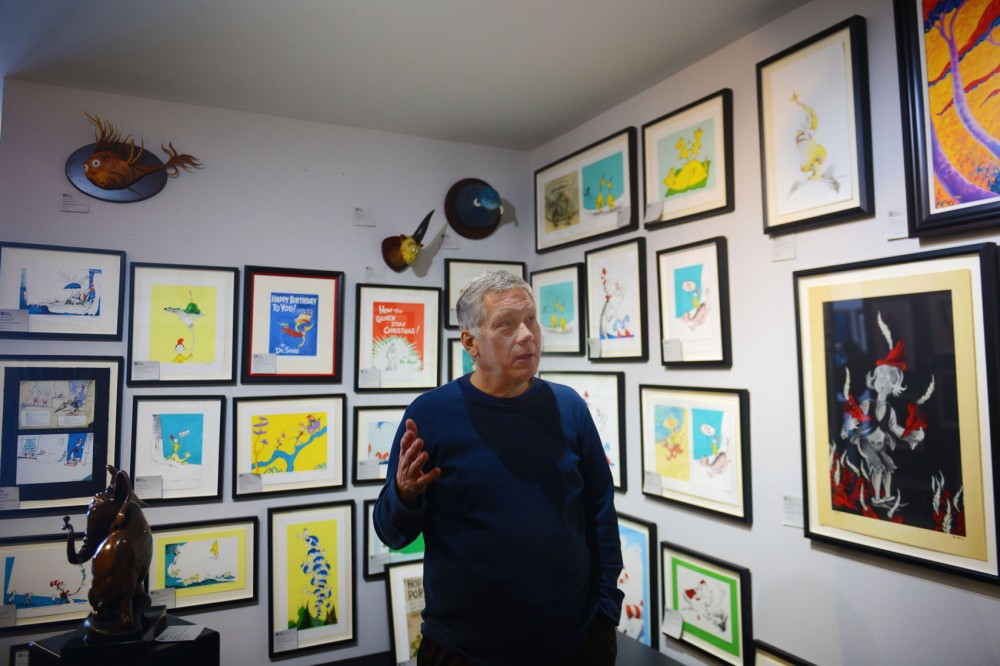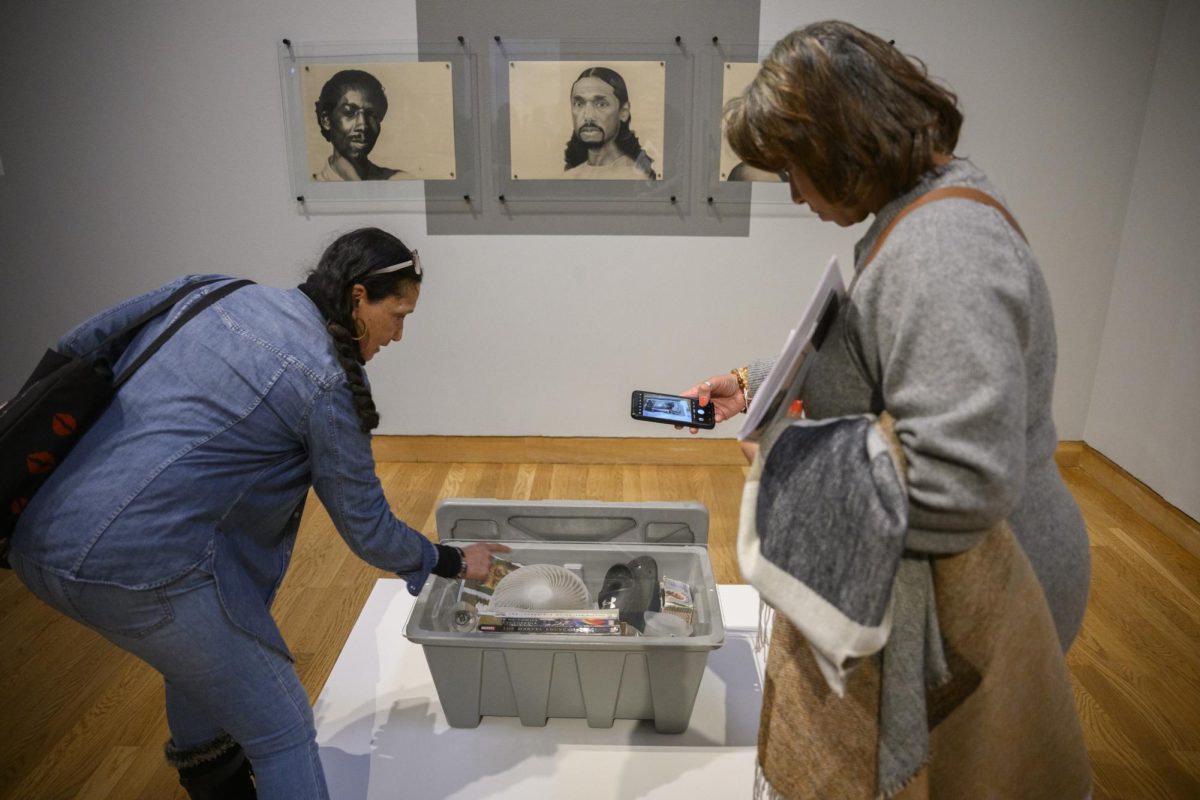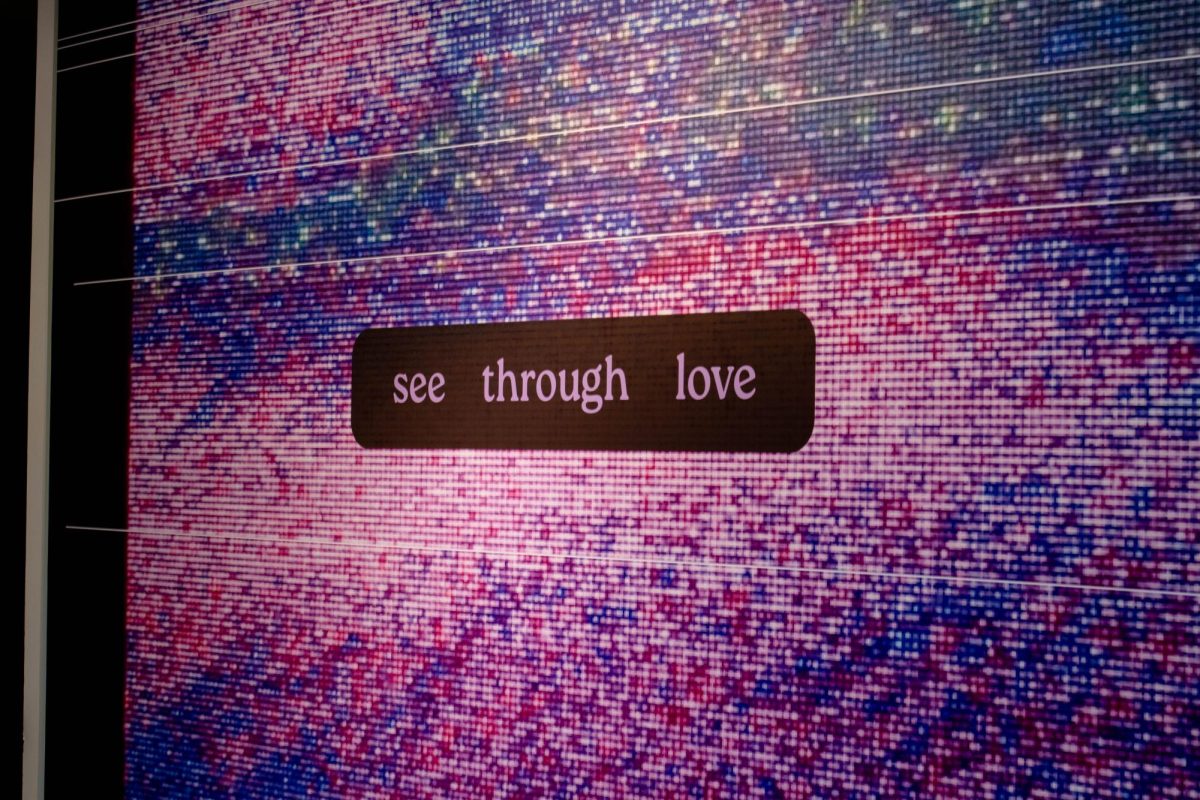American writer and artist Theodor Geisel is known for his children’s books, many of which serve as books for children when they’re just learning to read, but most know him as Dr. Seuss.
A collection of Seuss’ surrealist paintings is on display at the Jean Stephen Galleries in St. Louis Park as part of a traveling exhibit.
“[Seuss] told his wife, ‘When I’m gone, share this with the world,’ and she did,” said Bill Dreyer, curator of the Dr. Seuss exhibit.
Seuss left very little documentation about his works, so as curator, Dreyer had to do extensive research for the exhibit.
“We’re able to learn little tidbits and explore what might be the inspiration behind the artwork. And in many cases, we have discovered friends of his that know about particular artworks,” Dreyer said.
Seuss was not only an illustrator, but also an important painter, Dreyer said. The series of 145 paintings on display are known as his midnight paintings.
“[They] explore the depth of his artistry and artistic legacy,” Dreyer said.
But Dreyer said the collection of unorthodox taxidermy is the star of the collection.
In the early 1930s, Seuss created his own wacky taxidermy using real horns, beaks, shells and antlers from deceased animals from the Dickerson Zoo in Springfield where his father worked as superintendent.
“Seuss recreated what he thought these animals would want to be reincarnated as,” Dreyer said.
Also included in the traveling exhibit is the bronze collection — a tribute created by artist Leo Rijn to represent the most well known of Seuss’ characters.
“Those [Rijn] sculptures are collected but are also put in important public places — zoos, children’s hospitals, museums and libraries around the world,” Dreyer said.
Though those pieces aren’t part of the traveling exhibit, the University of Minnesota houses its own tribute to Dr. Seuss with a collection of children’s literature.
The majority of Dr. Seuss’ materials reside in his California estate, but the University archives — deep in the bowels of Andersen Library — contain all of the first editions of Seuss’ works, said Lisa Von Drasek, curator for the children’s literature research collections.
Von Drasek shared insight on Seuss’ backstory.
“He started as an editorial cartoonist, but he never lost his appeal when he went to children’s books,” she said.
“‘The Cat in the Hat’ was written because Theodore Geisel thought the Dick and Jane [books for young readers] were just incredibly boring,” Von Drasek said.
Seuss’ editor challenged him to write a book in 50 words or less, she said, but “The Cat in the Hat” was 125 words.
“So they came up with ‘Green Eggs and Ham,’” Von Drasek said.
Besides the humor surrounding the story’s words and how they come together, Von Drasek said, “Green Eggs and Ham” uses sight words — words that everyone needs to know.
She recited the extensive list from memory, adding that the words in the classic story get embedded into people’s minds due to their repetition.
“I learned to read on that one,” Von Drasek said.
The Seussian style appeals to all ages, Dreyer said.
“There’s this really interesting golden thread that runs through everything he does — his children’s books, poetry and paintings. He has this unique vision of the world and is able to deliver that to us in a fun, fascinating and smart way,” Dreyer said.
Seuss engaged people with his books as well as his artwork, which Dreyer said tells a lot about who he is as a person.
“His paintings have a little bit of a wink-wink, nudge-nudge quality that you might not expect from him,” Dreyer said. “The books and artwork really shows us this greater depth and dimension of the man.”
What: The Art of Dr. Seuss: Retrospective and international touring exhibition
When: Nov. 21-Dec. 31
Where: Jean Stephen Galleries, 4811 Excelsior Blvd., St. Louis Park, Minn.








